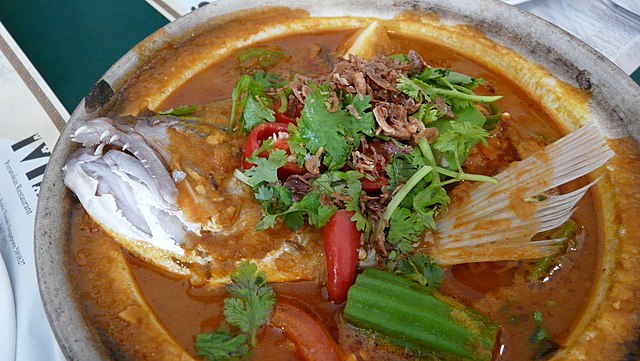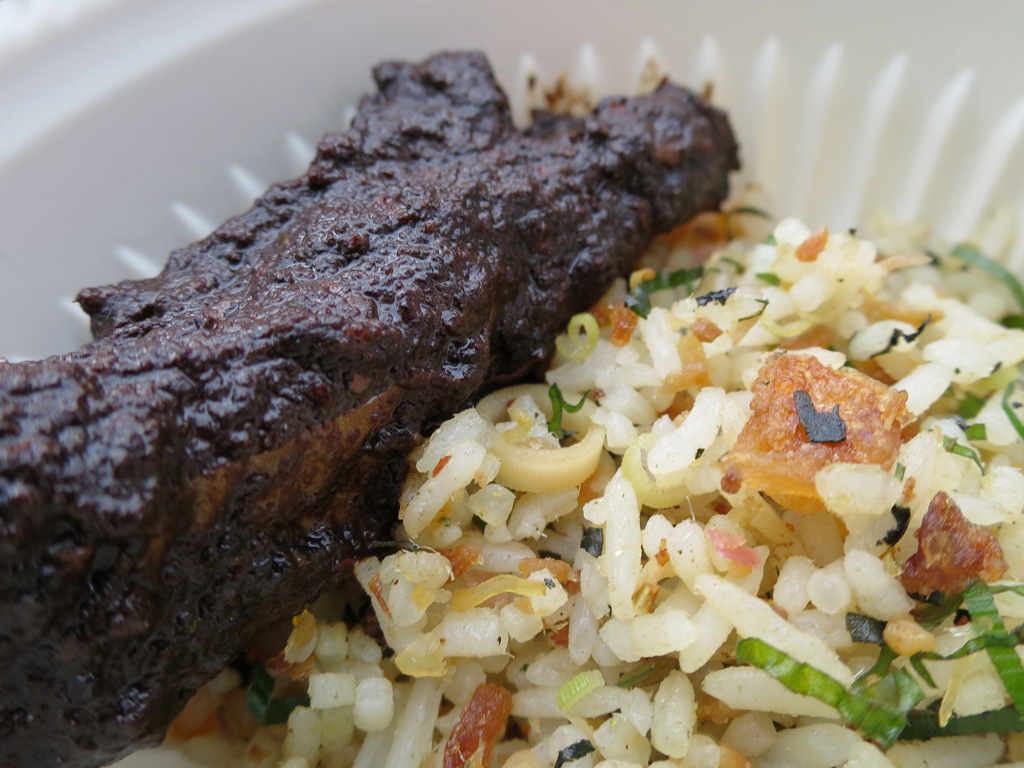5 Amazing and Bizarre Foods You Can Find in Singapore
I previously mentioned a few things that make life in Singapore enjoyable, and one of them is the sheer variety of food that is available. Few conversation topics as such crowd-pleasers in the country, which celebrates 49 years of independence tomorrow (9 August 2014). But instead of putting together a list of popular local dishes, I have picked a few bizarre foods that are peculiar to the region (so I left out the imported cheeses and seafood).
Some are downright obvious choices, while others are a little obscure. I enjoy only a few of them, and none are exclusive to the country (I only said you can find them here), but that has not stopped them from becoming a part of its identity. And where else in the world could you escape to a Japanese/ German/ Thai/ Mexican/ safe establishment next door if you get fed up of trying these weird things?
The bizarre foods of Singapore
Durians
‘That’s a pleasing fragrance,’ said no one on their first encounter with this infamous fruit. It really divides opinion: people either adore its pungent sweet flesh like my parents do, or loathe it with a passion (like my sister).
The latter group finds the odour so offensive that it is banned on public transport. Taxi drivers would rather drive away than take durians on board. It also finds its way into cakes, ice-creams, fritters and even the freezers of Asian supermarkets abroad, but nothing can tone done the flavour. And if you don’t like it, I have bad news; every belch will remind you of the taste.

A word of caution: It fouls everything if you leave some in the refrigerator overnight, turning you into a walking target in your accommodation.
I’m not a fan of durians myself, but few people describe the different varieties to be had than the folks at Year of the Durian. They are among the very few non-Asians who can appreciate it, let alone stomach bizarre foods like this.
Century eggs

No, century eggs really aren’t prepared with horse urine, even though that’s what they are called in Thailand. That just makes a bizarre -looking topping even harder to swallow. Very ordinary eggs are cured with salt and alkali, and sorcery turns the contents dark green and brown. The process also makes them smell like Rotorua or any other geothermal place you can name.
Taste-wise, century eggs are like salted eggs, although parts take on a gelatinous texture. They are often served with rice porridge and minced pork, and sometimes in a rojak (mixed salad). It’s not a normal part of my diet; ordinary salted eggs are good enough for me and they smell better too.
Offal dishes
One thing the people of this region share with their counterparts in Mediterranean Europe is an appreciation of nose-to-tail cooking. Dishes that involve organs and other unconventional part are common in hawker centres, Chinese, Malay and Peranakan establishments alike.
A peppery broth prepared with pig’s offal? A red bone marrow dish that will ruin your white shirt? Fish swim bladders in your soup? You can order these bizarre foods in many places around the island, but I am fond of one particular dish.
I’ve had it with 70-cent sticks of chicken, beef, mutton and pork satay that turn out to be skinny and tough slivers of meat on skewers. Satay babat (tripe satay) never disappoints, however. It may be the same price as the others, but you always get three soft and fatty squares coated in the same delicious marinade as other types of satay. And no, it does not stink.
See also: The Wonderful World of Polish Cuisine
Fish heads

While we are on the subject of unconventional meats, fish head curry is one of the dishes that brings non-vegetarians of different ethnicities together. Indian, Chinese and Malay restaurants are equally likely to have it on the menu. If you have had sheep’s head elsewhere, this could be the next step in your culinary adventure.
Order a serving and you won’t get a school of small bony skulls staring back at you. Instead the enormous head of a grouper or snapper peaks out of a pot of vegetables and a hot, sour and light curry. It is a delightful treat over steamed rice or biryani on a rainy day. One can stay on the safe side and stick to eating the meat in the cheeks and around the head. You can make friends by offering other people the eyes or the lips, though.
If one prefers more cartilage, there are Chinese restaurants like Kian Seng that serve steamed ‘shark’ heads. The ‘shark’ in question is really a shovelnose ray, and the cooking process makes the flesh very soft.

See also: Eating deadly pufferfish in Korea
Buah keluak

I wonder how people discovered that the extremely poisonous nuts of the kepayang tree could be made edible by burying them in ash for forty days. We owe them a lot though for making a perennial favourite of Indonesian and Peranakan cuisine possible. In my family, it has always been a part of our Chinese New Year dinners.
After it has been treated, the dark brown buah keluak flesh is scooped out and mixed with spices before it is stewed with chicken, sometimes pork or beef. It has a rich, earthy, bitter taste, not unlike dark chocolate. In fact, the chef at Candlenut restaurant makes a mean chocolate ice-cream with it. Bush keluak is rarely found in hawker centres, but you can order it as a topping called rawon on rice at the Malay rice stalls like this.
For other things and places to try in Singapore, check out my two-week itinerary. Got a food allergy? I have a few tips in my guide for food allergy sufferers.
08/08/2014 @ 5:50 PM
Mmmm i love durian despite its weird smell. The one thing i miss about singapore is their hainnese chicken mmm
14/08/2014 @ 10:33 AM
Chicken rice is quite a treat. :) The ingredients are simple, but the blanching technique is an art.
14/08/2014 @ 12:55 AM
Believe me or not, but I’m in love with Durian and it does not smell to me at all :P
14/08/2014 @ 11:01 AM
Perhaps you had a stuffy nose then. :P
Singapore Restaurant Zam Zam: Serving up deliciousness for 100+ years!
03/08/2019 @ 5:58 PM
[…] of gastronomical diversity. The centre of the city even has 3 distinct regions where you can find a vast array of multicultural cuisine. There is Chinese food, in Chinatown, Indian Food in Little India, and Arabic food in Little Islam. […]